When it comes to industrial equipment, cranes are as strong as they come. A tower crane, for example, can lift up to 18 metric tons, or 39,690 pounds.
Occasional repairs are necessary to maintain your crane’s powerful structure. After all, a malfunctioning crane presents a huge safety concern to both construction workers and passersby.
To decrease your risk of crane problems, have a qualified crane inspector inspect your crane regularly. But problems could still arise in between inspections. Thus, you should keep an eye out for any of the following issues.
1. Broken Chain Links
Hours of lifting heavy loads can take their toll on your crane’s chain. Chain links can become broken. They can also become crushed, which is a more subtle problem that is much more difficult to spot.
Broken or crushed chain links are a major safety issue because they can compromise your entire crane structure. As soon as you notice a crushed or broken chain link, call a crane repair company to repair or replace the chain.
2. Worn Pads
Each crane has various pads to absorb the force of the crane’s movement. But these pads can wear down over time.
If you notice that your crane is louder than normal or if your crane’s movements aren’t as smooth as they used to be, worn pads could be the problem. Get this problem addressed right away to prevent damage to your crane.
3. Rusted Parts
Just as with any type of metal equipment, a crane’s various parts can rust with time and use. Common parts to rust include joints, wires, bearings, and all moving parts. Rusting occurs more frequently in wet, humid environments.
While rust might not have a huge impact at first, rusty crane parts can cause your crane to lose its strength over time. They could even cause your crane to drop its load.
If you notice rust on any of your crane’s parts, have a crane repair specialist address the problem. The specialist will need to replace rusted parts before the corrosion increases.
4. Bent Hooks
If a crane’s load isn’t balanced appropriately on its hook, the load could cause the hook to bend or crack. A bent hook could struggle under future loads and could even break.
Look closely at your crane’s hook after each use. If you notice any cracks or bends, call a repair specialist right away.
5. Dry Ropes
Without regular lubrication, your crane’s ropes can become dry. Extreme temperatures and heavy loads can cause them to dry more quickly. Dry ropes can stretch and even crack, leading to safety issues like dropped loads.
If you notice your ropes are dry, frayed, or ragged, call a crane repair specialist. In some cases, they may be able to save your ropes through lubrication. Most often, though, your ropes will require replacement.
6. Cracked or Loose Parts
Look carefully at every inch of your crane for any cracked or loose parts. Look at the large components like the boom, but don’t forget about the smallest components, either.
Bolts and rivets may be tiny, but they play an important part in maintaining your crane’s structure. Other small parts like pins and cotter keys can also loosen or crack, compromising the entire mechanism. Regularly inspect your crane for loose parts and get these parts tightened immediately.
7. Worn Brakes and Clutch
You need to pay attention to the quality of your crane’s brakes and clutch, just as you would with a car or any other vehicle. Worn brakes or clutch system parts can make controlling your crane unsafe. If your brakes are worn, getting them relined can extend their life and improve their performance.
You may face a variety of other brake issues as well. For example, you might need new brake parts like coils, friction discs, shoes, pads, and anchor plates. A crane specialist can help you determine the cause of the brake failure.
8. Preventing Crane Problems
Paying attention to these common crane problems can help you avoid dangerous crane issues such as broken parts or dropped loads. All workers who use the crane should look out for and report even the smallest of issue, and get these issues repaired straightaway.
To prevent broken crane parts, it’s also important to avoid overloading your crane. Overloading can compromise the quality of your crane as well as the safety of your workers. Always pay careful attention to your crane’s loading requirements.
Plus, it’s important to avoid getting complacent. You should take time to carefully secure each load, no matter how comfortable you are working with your crane.
Most importantly, get your crane inspected by a qualified specialist. At American Equipment, we offer monthly, quarterly, semi-annual, or annual OSHA inspections.
Follow these tips to keep your crane in top repair. If you notice any issues that require repair, call American Equipment right away.


